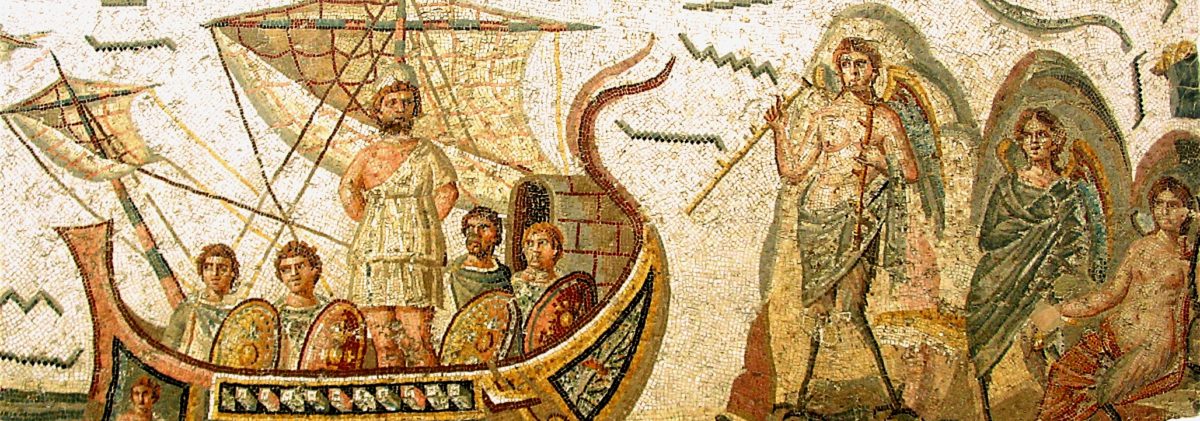In many sanitized modern adaptations of the story of Hades and Persephone, Persephone is portrayed as going with Hades to the Underworld willingly. This is the version of the story that is found in many books about Greek mythology intended for children and in the award-winning music Hadestown. This is not, however, how the story is portrayed in ancient Greek sources.
The ancient Greek and Roman accounts of Persephone universally agree that Hades abducted Persephone against her will and raped her. Both literary and artistic representations of the event unambiguously portray it as a forcible abduction. Ancient Greek and Roman poems give graphic descriptions of Persephone being brutally snatched and carried off, crying and screaming in desperation.
I don’t necessarily see the modern sanitization of the story of Hades and Persephone as a problem strictly speaking, but I do think that it is important to keep in mind that the versions of the story that were told in ancient times were much darker than the versions many people are telling today.
Continue reading “Did Hades Abduct Persephone or Did She Go with Him Willingly?”









